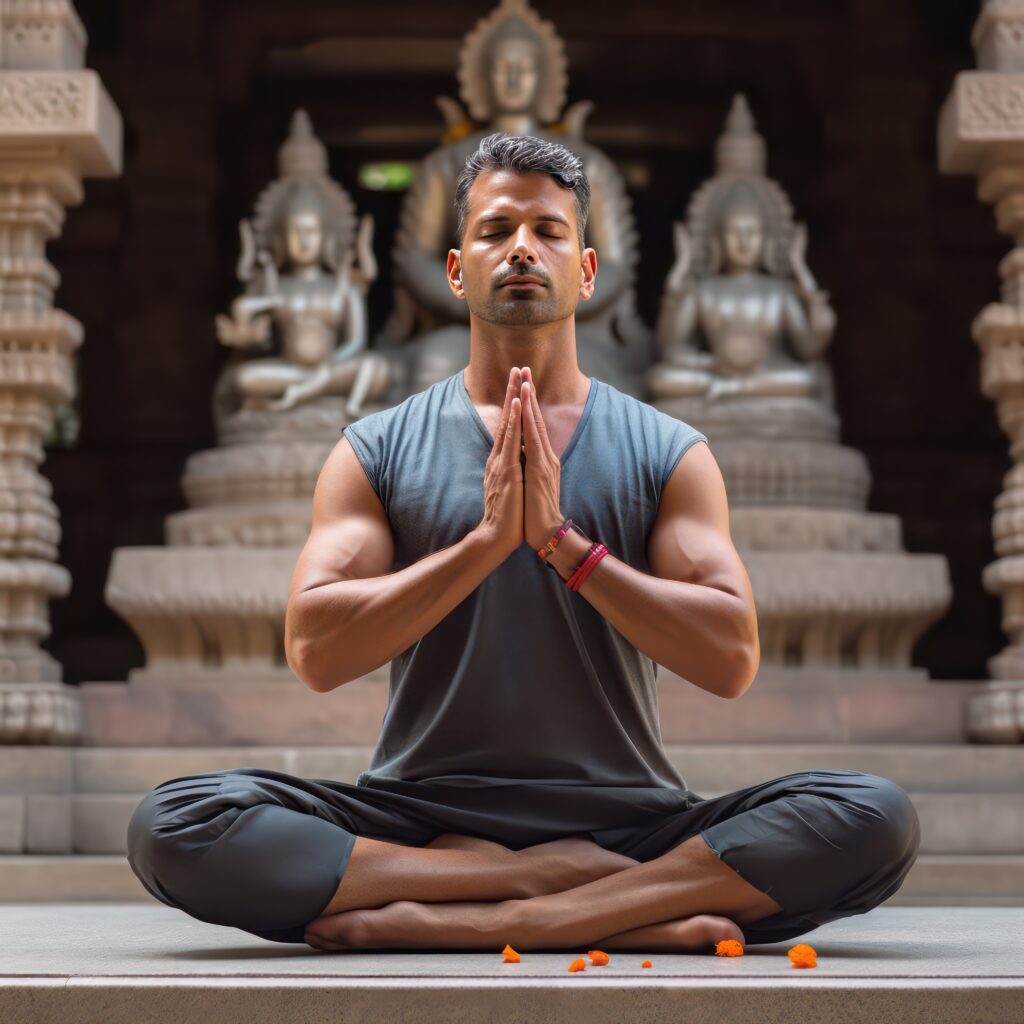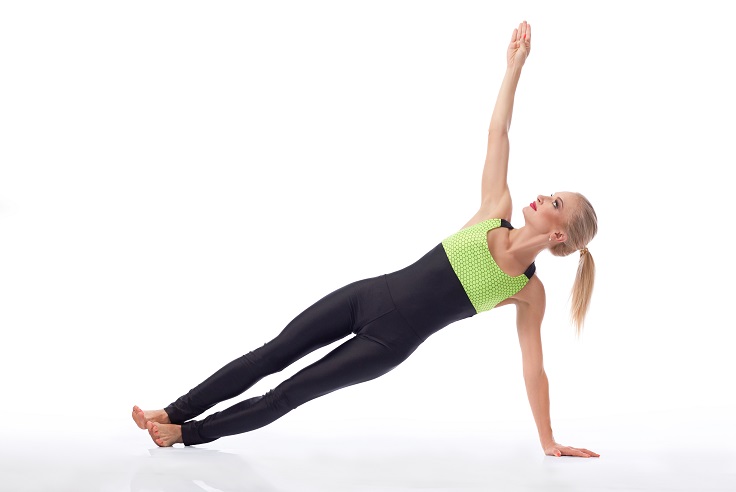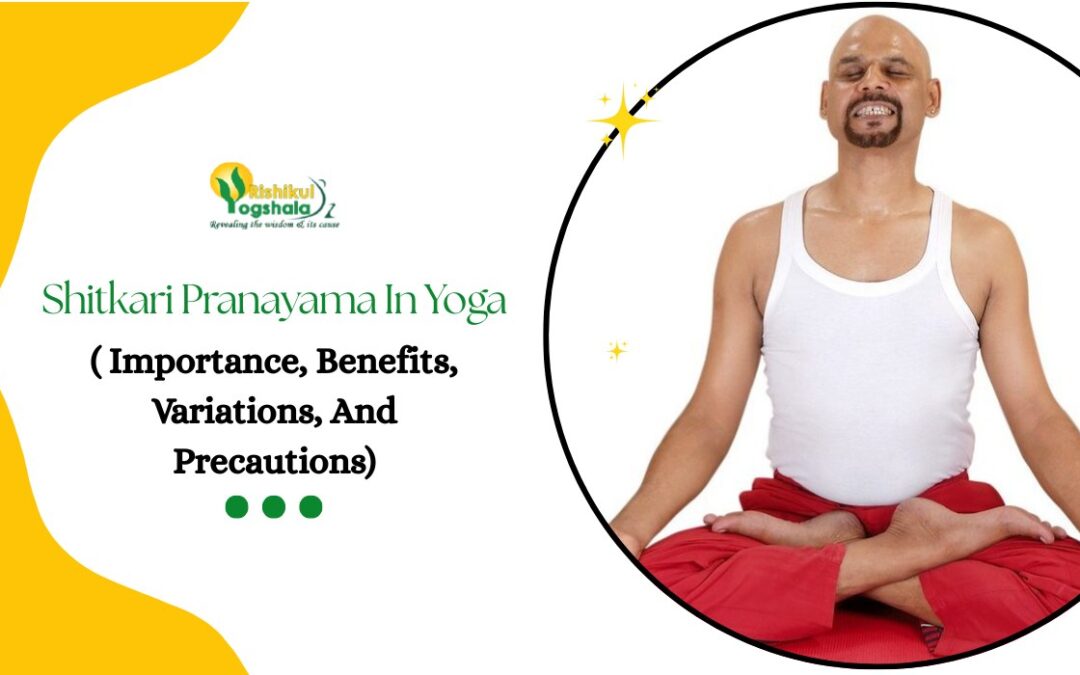Each style offers an approach to cultivating balance and inner peace in this varied world of yoga. Iyengar yoga stands out as a practice that not only refines the body but also deepens the connection to yourself. It doesn’t matter whether you’re a seasoned yogi or just starting your journey in yoga; Iyengar yoga provides an empowering way to explore your potential.
What is Iyengar Yoga?
Many ask, what is Iyengar Yoga and how it benefit today?’
Iyengar yoga was created and developed over 75 years ago by B.K.S Iyengar. He devoted his life to the evolution of his approach to yoga, based on the traditional eight limbs of yoga taught by Patanjali.
This type of yoga emphasises precision, alignment, and safety in yoga poses or asanas. This form of yoga is accessible for all ages and all body types.

Precision and Alignment: The Foundation of Iyengar Yoga
Iyengar yoga is committed to precision and alignment. This practice focuses on bringing about awareness in every pose, guiding one to move with care!
Unlike other fast-paced yoga styles, Iyengar yoga invites you to slow down and be present with your body! With Iyengar yoga, one can unlock a deeper connection to oneself.
The Empowering Use of Props
One of the most empowering aspects of this yoga is its use of props. Iyengar yoga props are what separates this practice from the rest. Whether it’s blocks, straps, or bolsters, props help to support. Whether you’re deepening a stretch or finding balance in a challenging pose, using props brings a sophisticated and supportive approach to your practice!
Iyengar Yoga vs Other Styles: What Makes It Unique
- Alignment and Precision: It focuses on detailed alignment in every pose, which makes the practice so unique and different
- Props for support: Because of the use of props, Iyengar yoga becomes accessible to all levels, helping to deepen their practice.
- Mindful Pace: Iyengar yoga is slow-paced, encouraging a deeper connection to each pose.
- Personalised approach: Here, many modifications are offered, making it inclusive for everyone!
- Mind-Body Connection: Iyengar yoga fosters mindfulness, creating a calming experience for body and mind.
What are the Benefits of Iyengar Yoga?
1. Increases your strength, flexibility, and mobility
In this, a vast range of poses has many benefits. Regular practice of standing poses strengthens the body to create a firm foundation. Seated and twisting poses help to develop better mobility in all joints.
2. Improves your energy, vitality, and focus
This yoga helps improve energy levels, overall circulation, and mental focus. This type of yoga helps to steady the breath and calm the mind at the very same time!
3. Enhances Your Posture and Balance
Iyengar Yoga helps one correct problems with posture and improve balance. By aligning the body, it improves coordination, which helps nourish the nervous system and build physical and mental resilience.
4. Improves Your Spiritual, emotional, and mental well-being
Iyengar yoga has positive effects on all aspects of your life. As one progresses along the path of yoga, increasing one’s knowledge, understanding, and skills, the benefits of yoga practice will also deepen.

Iyengar Yoga Poses: Eight Effective Postures
There are many Iyengar yoga asanas. Each has benefits and suits those seeking to calm the mind and enhance their yogic journey.
1. Virabhadrasana Variations (Warrior Pose)
This simple posture concentrates on strengthening the muscles of the arms, legs, upper back, and chest as well. The purpose of this pose is to enable the practitioner to attain balance, just like a warrior in battle. This is a standing pose where you must bend one knee and stretch the other leg backward. The hands can either be pushed upwards in a namaskar pose by arching your back or pulled at a 90-degree angle to your body in either direction. One can use a yoga strap or a yoga belt as props for support.
Read More – Virabhadrasana (Warrior Pose): Steps, Benefits & Variations for Strength & Stability

2. Vasisthasana Variations (Side Plank Pose)
The side plank pose is a straightforward pose with a yoga chair. This pose has multiple benefits when retained for a longer time. This pose will strengthen your arms, torso, hips, and legs. This pose is just like a floor plank pose but standing, and your body should be at a 45-degree angle with the floor. A yoga chair will ensure a stable support system for your body and help you retain the position for a long time. One can use a yoga chair for support.
Read More – Vasisthasana: How To Practice Side Plank Pose

3. Vrukshasana (Tree Pose)
This is a simple pose when done right. Also, this pose has many variations when you move from beginner to advanced levels. One can practise this pose with the help of yoga blocks. The tree pose helps stretch the entire body and helps to attain balance. The main reason for this pose is to master balance. When you use the wooden block, stand on the ledge with a firm footing and fold your other leg to rest the base of your foot. One can use a yoga block to master this pose.
Read More – Tree Pose or Vrksasana – How To Do It? What Are Its Benefits? Its Variations

4. Ananda Balasana (Happy Baby Pose)
This is one of those fun Iyengar yoga postures where all one needs to do is lie on your back and form the position of a baby, where hands and feet are in the air. The hands are supposed to hold the toes and cause a curvature of the spine. In this pose, one can use the round yoga bolster, which can be kept under the lower hip, and slightly elevate your hip area. One can use a round yoga bolster as a prop.
Read More – Happy Baby Yoga Pose: Steps and Health Benefits

5. Vajrasana (Thunderbolt Pose)
The Vajrasana is a sitting position in which you bend your legs and knees backward and sit on your calves. The body resembles a thunderbolt, which is the name for it. This pose helps strengthen the knees and ligaments to become more flexible and reduce rigidity. One can use the yoga blanket neatly folded or rolled between the back of the knees while lying on it.
Read More – Health Benefits of Vajrasana Pose and How to Do It

6. Adho Mukho Svanasana (Downward Facing Dog Pose)
When practising the downward-facing dog pose, your hamstrings, shoulders, lower back, and chest can be opened up, relaxed, and stretched. This is regarded as one of the complex Iyengar yoga postures when you use a wall rope system as props. The wall-mounted steps help support your hip area when you rest on them and bend forward.
Read More – Downward Facing Dog Pose: Unveiling Physical and Mental Strength

7. Setubandha Sarvangasana (Bridge Pose)
This is a variation on the original bridge pose. One can use the T-blocks to support your hips. Place them below your lower back and rest your neck safely on the floor. Your legs need to be aligned and arched over the T-blocks. The T-block helps support the body and does not falter under pressure.
Read More – Bridge Pose: A Key Pose for a Strong, Healthy Body

8. Sirsasana (Headstand Pose)
Even though it’s simple-looking, it is one of the most challenging poses to master. The head pose requires you to invert your body completely in a head-down and feet-up position. This pose helps the blood to flow towards the brain more and thus increases the oxygen levels in the head. This very pose also aids in strengthening the bicep and tricep muscles.
Read More – Sirsasana (Headstand Pose) Guide: Benefits, Steps, Variations, and Precautions

Conclusion
Yoga as a practice has many varied benefits. If you want to become a certified yoga teacher, then you can avail the different courses available at Rishikul Yogshala, Rishikesh: These include 100 Hour YTTC, 200 Hour Yoga TTC in Rishikesh, and 500 Hour YTTC. Do the course and become a certified yoga teacher!
Some Frequently Asked Questions About Iyengar Yoga
1. What Is Iyengar Yoga?
Iyengar Yoga is a style of yoga that focuses on proper body alignment to maximise the benefits of each pose. B.K.S Iyengar, an Indian yoga master, developed this.
2. Who can practice Iyengar Yoga?
People of all ages can practice Iyengar Yoga. It can be beneficial for older people and children.
3. Do I need to be flexible to practise Iyengar Yoga?
No, flexibility is not a requirement. The practice itself helps to improve flexibility, strength, and mobility over time. Props assist in achieving correct alignment, regardless of flexibility level.












